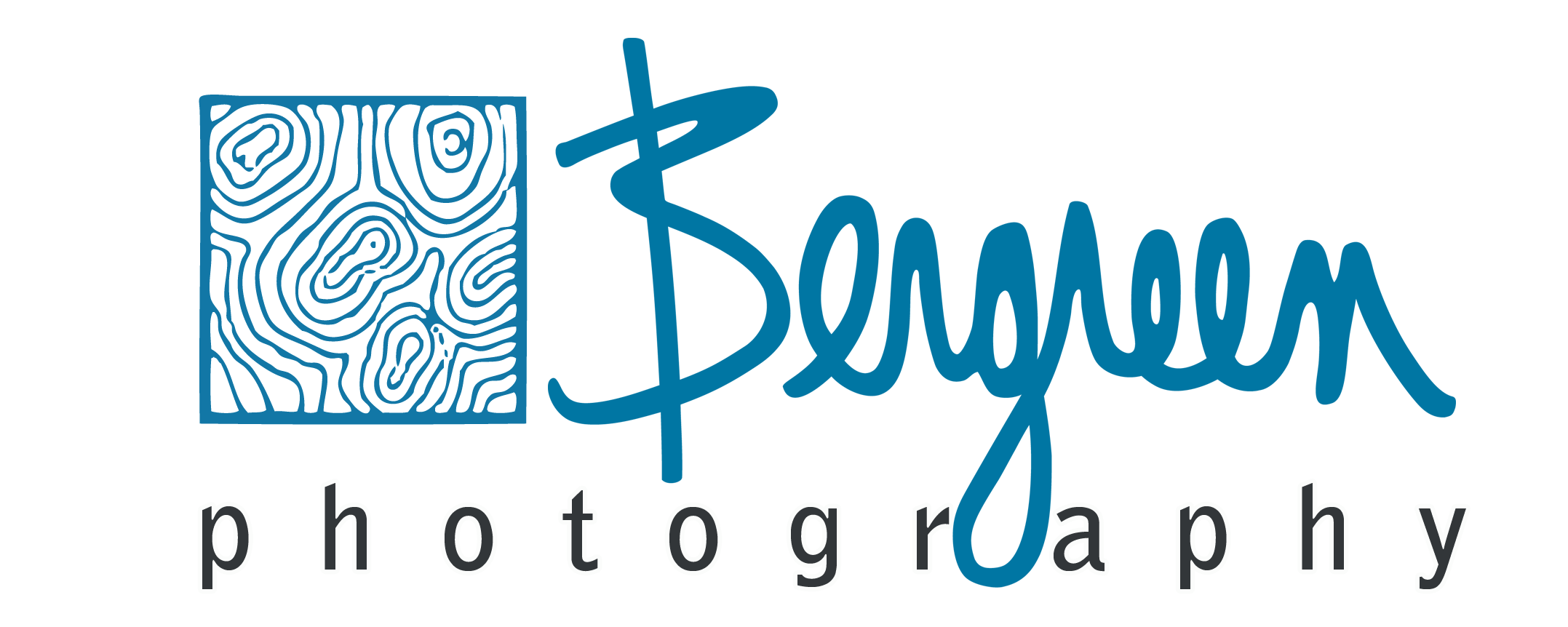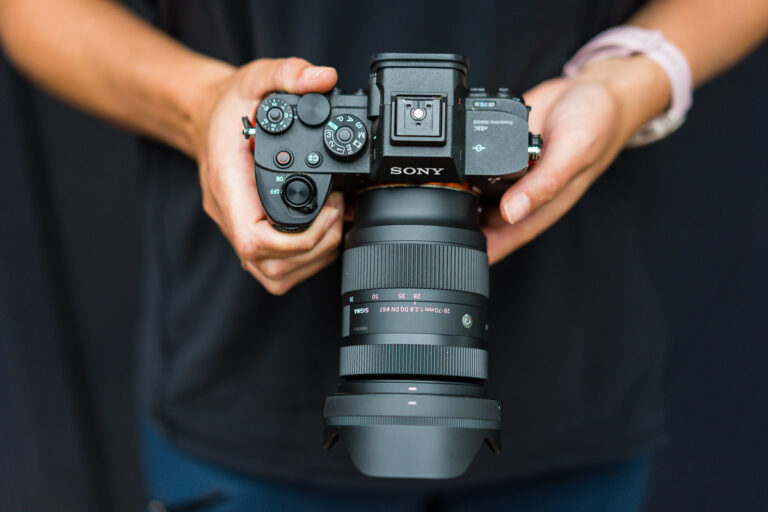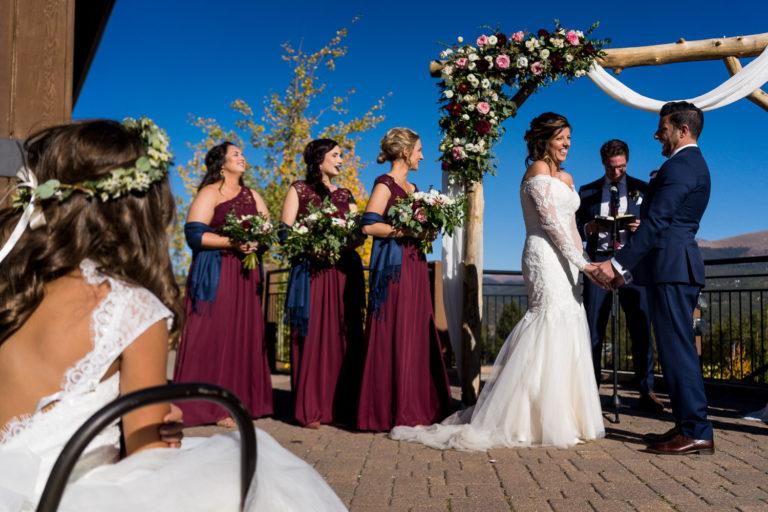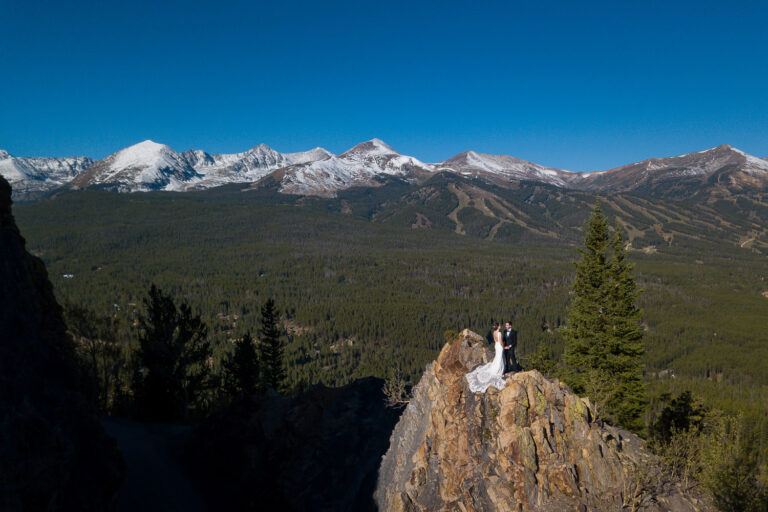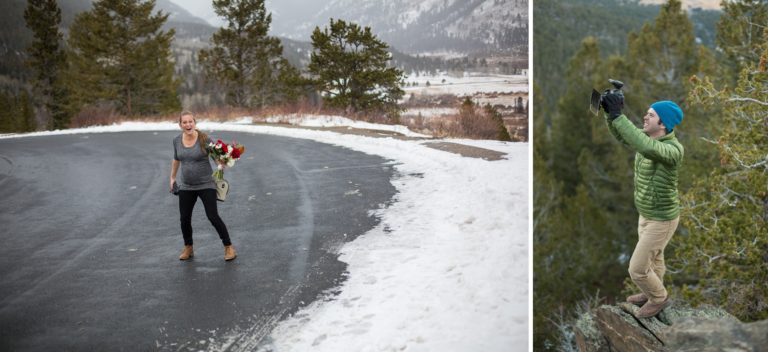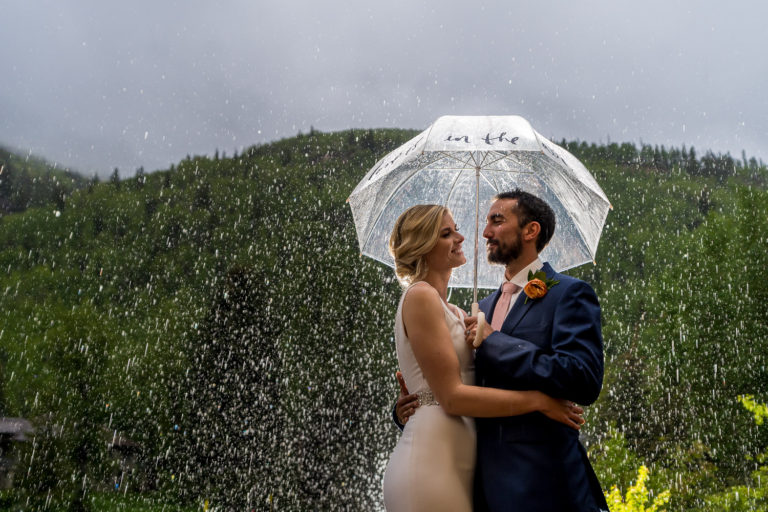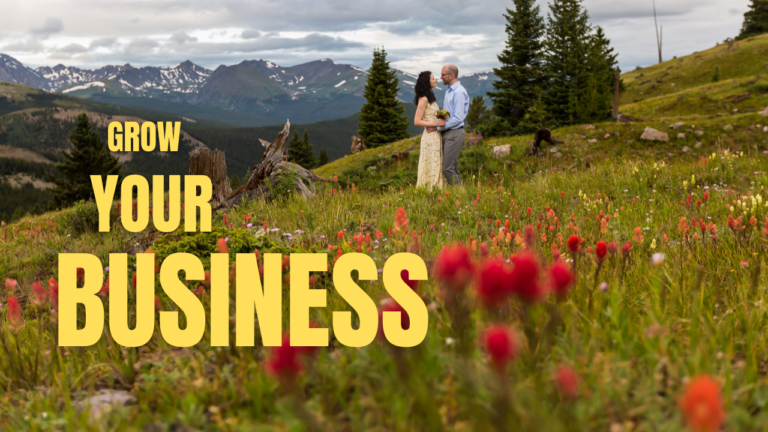How to Shoot Candid Photos and Capture Moments
Candid photos are more challenging than you would think knowing that the goal is to make things look natural. Why does it take so much work to make something look effortless? I can’t answer that question but I can help you with a few tips for mastering candid photography.
The goal is to both learn to see and capture candid moments so that you can tell a story. Whether you’re looking to improve your candid wedding photography or portrait photography, these tips should help. After a decade as a professional photographer, I have experience making hard things look easy!
I have compiled the following tips for people looking to improve their candid photography. They aren’t simple shortcuts or easy hacks. They are more for constant learning and guidance toward improving your candid photos.
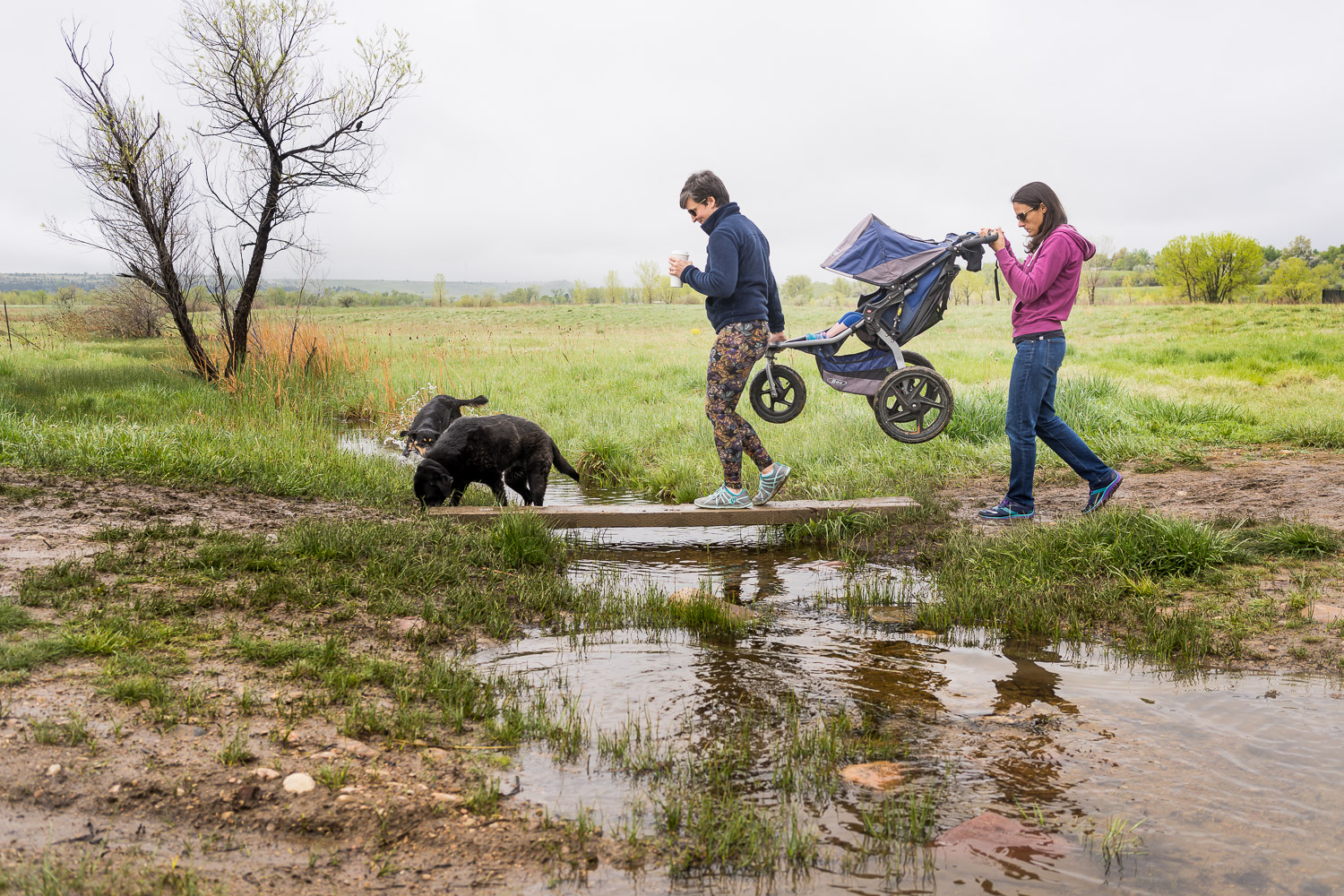
What is Candid Photography?
Candid photography is when you create an image that looks natural instead of staged. There are varying levels of pureness in candid photography. Compare true photojournalism where the photographer does not interfere with the scene at all to the more lifestyle photography where the photographer directs the subjects in a way that looks natural.
Depending on your purpose and goal, you might be seeking photojournalism or lifestyle photography. Either way, you’re likely going to want to learn how to take better photos of moments. Whether the moments are completely genuine or somewhat fabricated, there is a story to tell.
As you can imagine, street photography is more photojournalism where family portraits are fairly staged. Wedding photography is somewhere in the middle because the people obviously know they are being photographed but there are also genuinely emotion-filled moments happening.
Why Candid Photos Are Important
Candid photography is a desirable trend for a variety of reasons. Many clients want to remember a real candid moment rather than something fake or staged. This has resulted in the growth of documentary wedding photography, documentary family photography, and perhaps even street photography.
There’s something magical about seeing real and raw moments that street photographers capture. There’s something meaningful about candid portraits of your family even if everyone isn’t smiling at the camera. Candid photographers capture moments and tell stories rather than create something that isn’t real.
The thing is that it’s harder than it looks, take wildlife photography for example. You think that the photographer just got lucky when in reality they may have camped overnight after tracking a certain animal for miles and learning their habits to be able to capture the wildlife in its natural setting. Similarly, with something like street photography, it takes skill to go into a scene and capture natural moments.
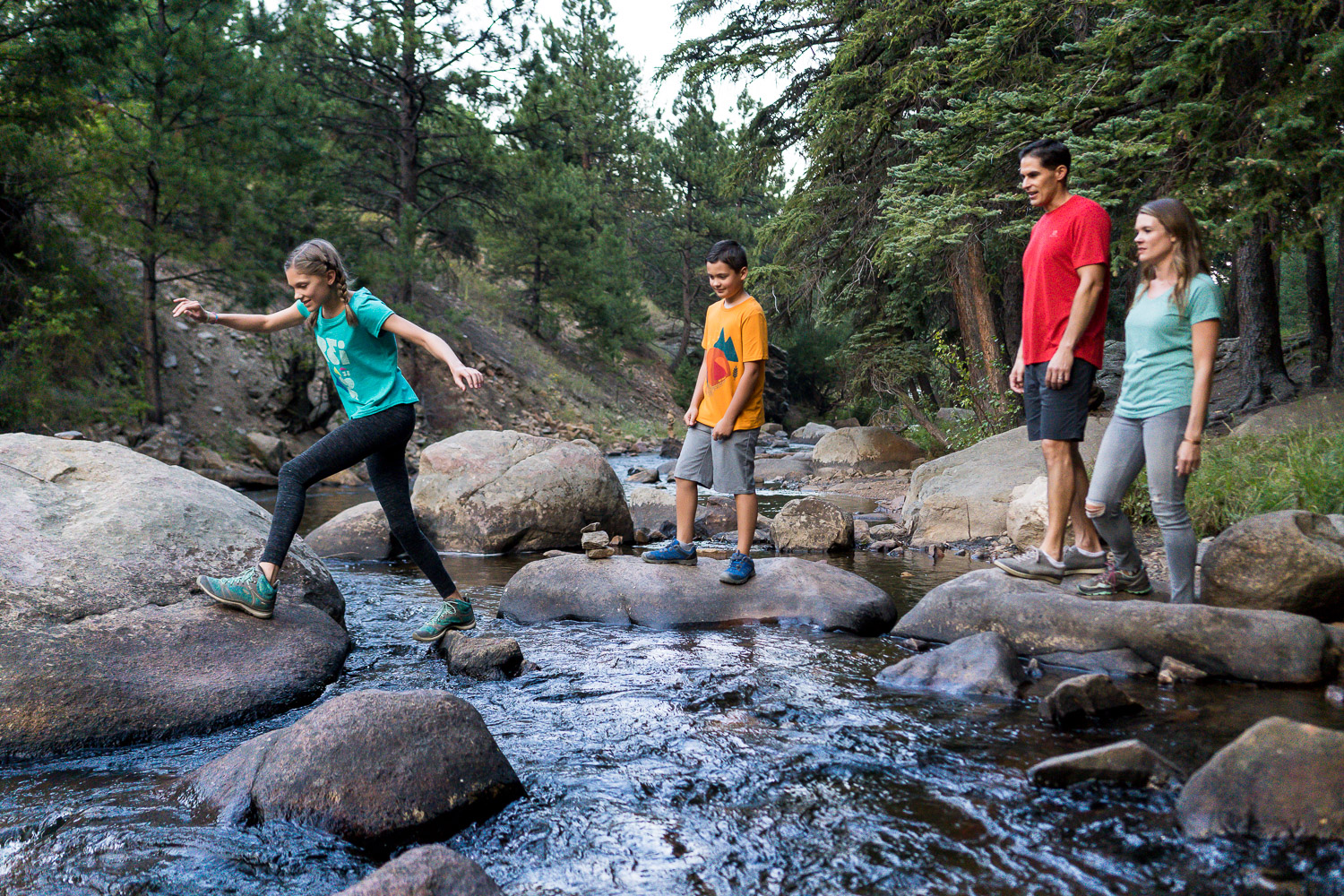
How to Shoot Candid Photos
Light, Composition, Moment
The three-step process for shooting candid photos is to find the best light, establish your composition, and then wait for the moment. These three steps are the difference between a snapshot and an impactful candid photo. You may have heard this process before: light, composition, moment.
Capturing a picture of a moment is all about being patient and prepared and clicking the shutter at the right moment. But if you can capture that moment with interesting lighting and effective composition, your candid photo will be more impactful. That’s why it’s important to learn to see light, understand camera settings and proper exposure, and study your composition techniques.
Candid photographs require you to remember all of your other photography skills and then add in the element of capturing natural moments. When it comes to capturing natural moments you’ll want to learn how to recognize and anticipate moments. Additionally, it helps to be able to create a comfortable environment for moments to happen.
Unposed (or More Natural Posing)
One of the elements of a candid photo is that it’s either unposed or utilizes very naturally minded posing. This means that you’re not having people look at the camera but rather trying to capture them in action. Our style of photography strives to be very natural, have a look at our guide for natural, connected, and candid poses.
Storytelling
Some photography has a message while other styles convey a feeling. Candid photographs tend to tell a story of something that is happening. That’s probably why candid photography is popular for weddings, a couple wants to remember how much fun the wedding party had.
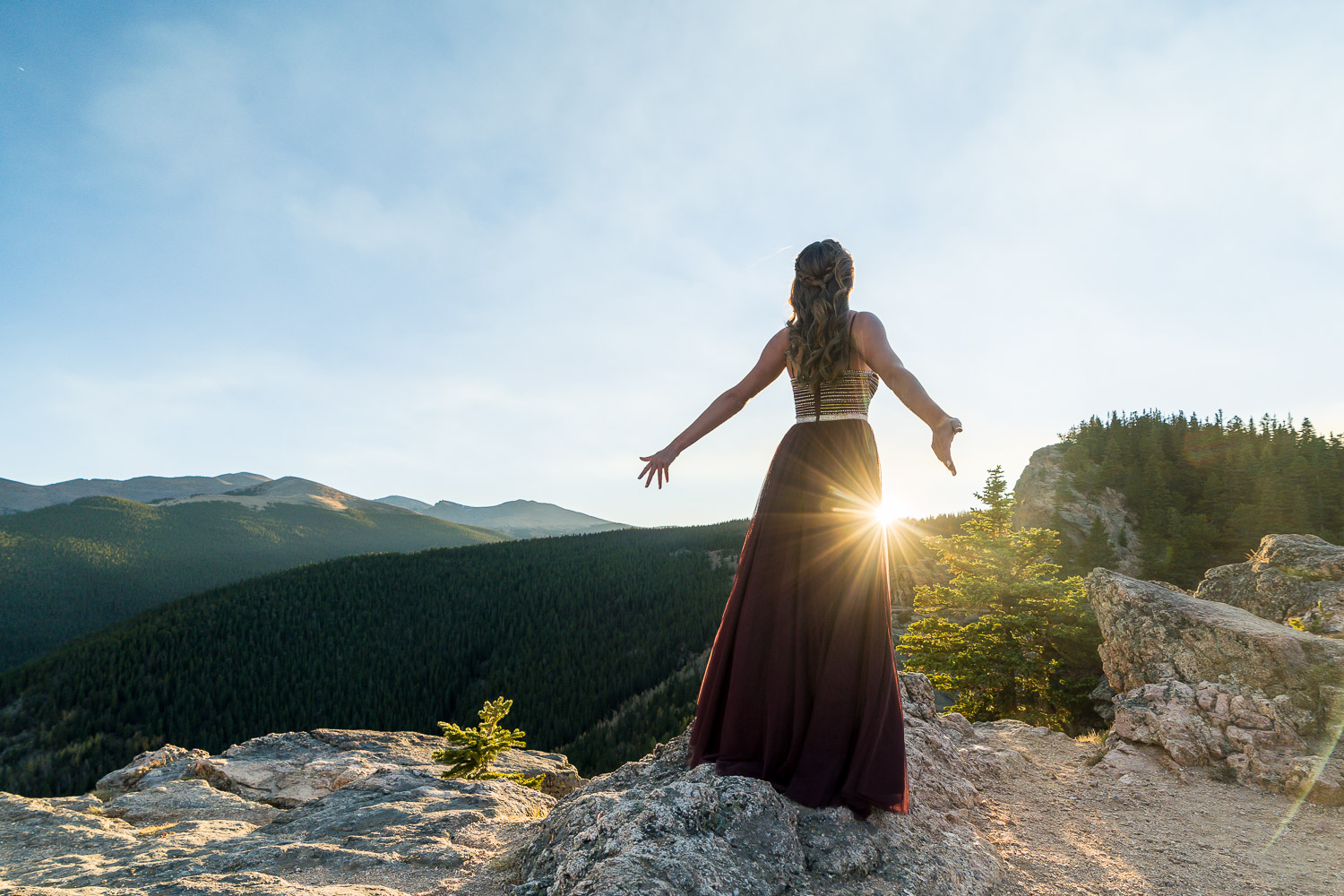
Tips for Better Moments in Your Candid Photos
Let’s say you find yourself drawn to shooting candids. Below are my best candid photography tips to help you capture great photos. We’ll talk about recognizing moments as well as creating an environment for them.
These tips will go beyond your typical photography tips so let’s review some of those first. When it comes to light, a nicely lit photograph will read better and be more aesthetically pleasing. You can also use light to highlight a subject or create a certain mood.
In the same way, you can use composition to bring your viewers close to the subject or allow them to view it from a distance. The composition techniques you use will help you tell a larger story about the moment. For example, you might fill the frame, utilize white space, look for symmetry, or make your photo black and white to remove the distraction of color.
Try to keep your light and composition skills in mind as you work through the following tips.
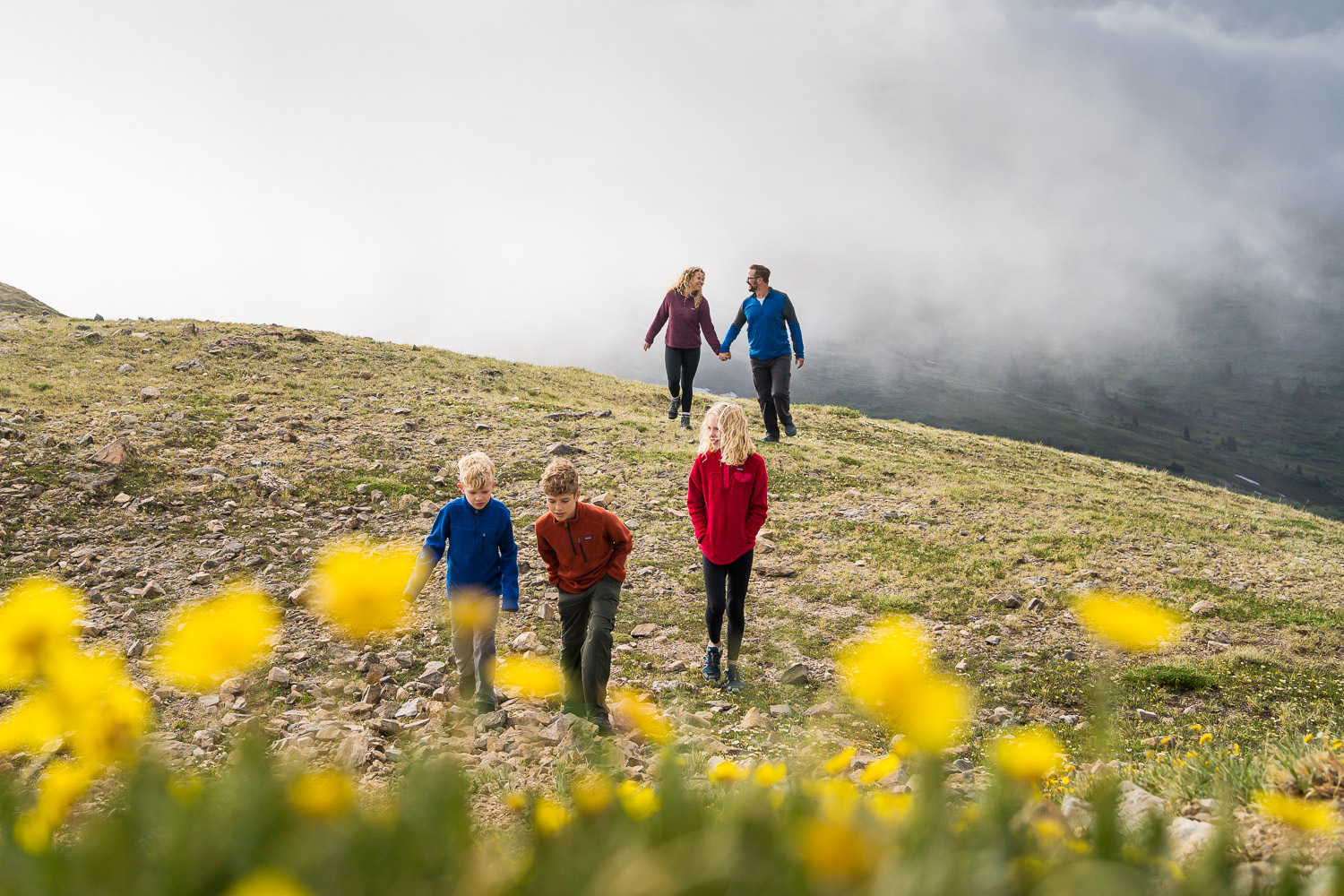
1. Be a good listener & observer
To make meaningful candid photos, you must tune in to your ability to listen and observe. This can be interpreted in several ways. First off, you must listen to your inner voice and choose a subject and framing that speaks to you and then you need to listen and observe to anticipate fleeting moments.
Follow your gut by seeking out the composition and scene that draws your attention. Often, it is easy to be distracted and bounce around between subjects but I think it is key to stick with your original focus here. This decisive moment takes commitment but it is crucial to being ready for those authentic moments.
This brings us to the next challenge, you must listen and observe to anticipate the moment. Learning to expect what is happening next will allow you the time to get your framing before the unposed moments occur. Instead of chasing moments, you will let them come to you! This is a constant learning process of anticipating and predicting what people will do next based on the input you observe.
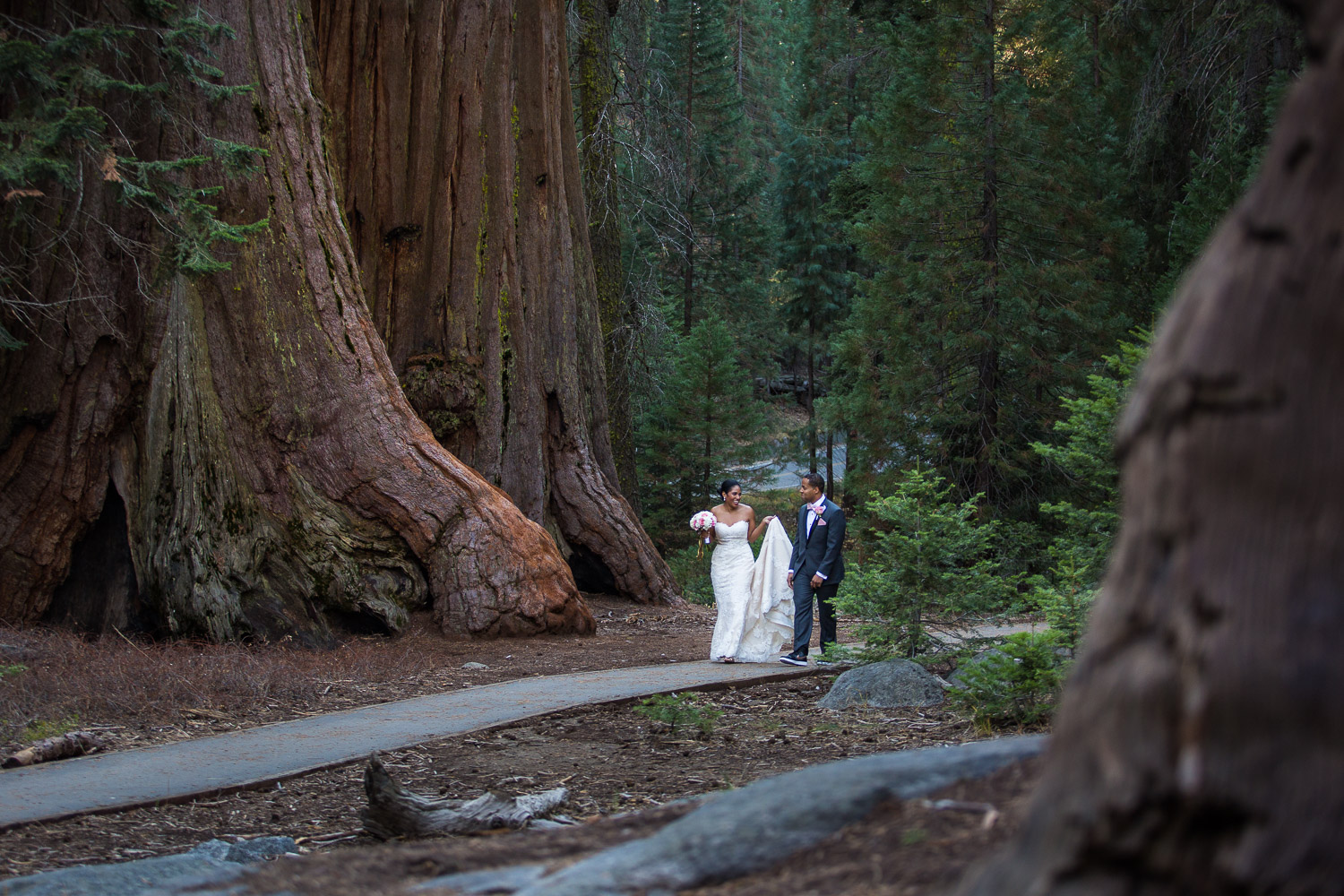
2. Shoot through the moment to get the true moment
Once you have followed the first tip, it is important to shoot through the moment. I think the key is to watch diligently through your viewfinder (or at least keep your viewfinder close to your eye) and shoot the moment but instead of stopping when you think it’s over, shoot past it. I can remember several times that I stopped shooting because I thought I had the best frame, only to realize that things continued to get better.
It is easy to move on after you “got the shot” but staying just a little longer than you thought you needed to will lead to some moments that you would have missed. The other component is to pay attention and make sure that you are not wasting images before the actual moment. Yes, pressing the shutter doesn’t cost you anything, but it does take mental energy that could be directed toward observing the scene.
Plus, nobody wants to cull through extra images without a real moment. The hard part here is not being in a rush to get on to the next shot but staying present in the unplanned moment. You must plan for the unplanned and be ready at a moment’s notice.
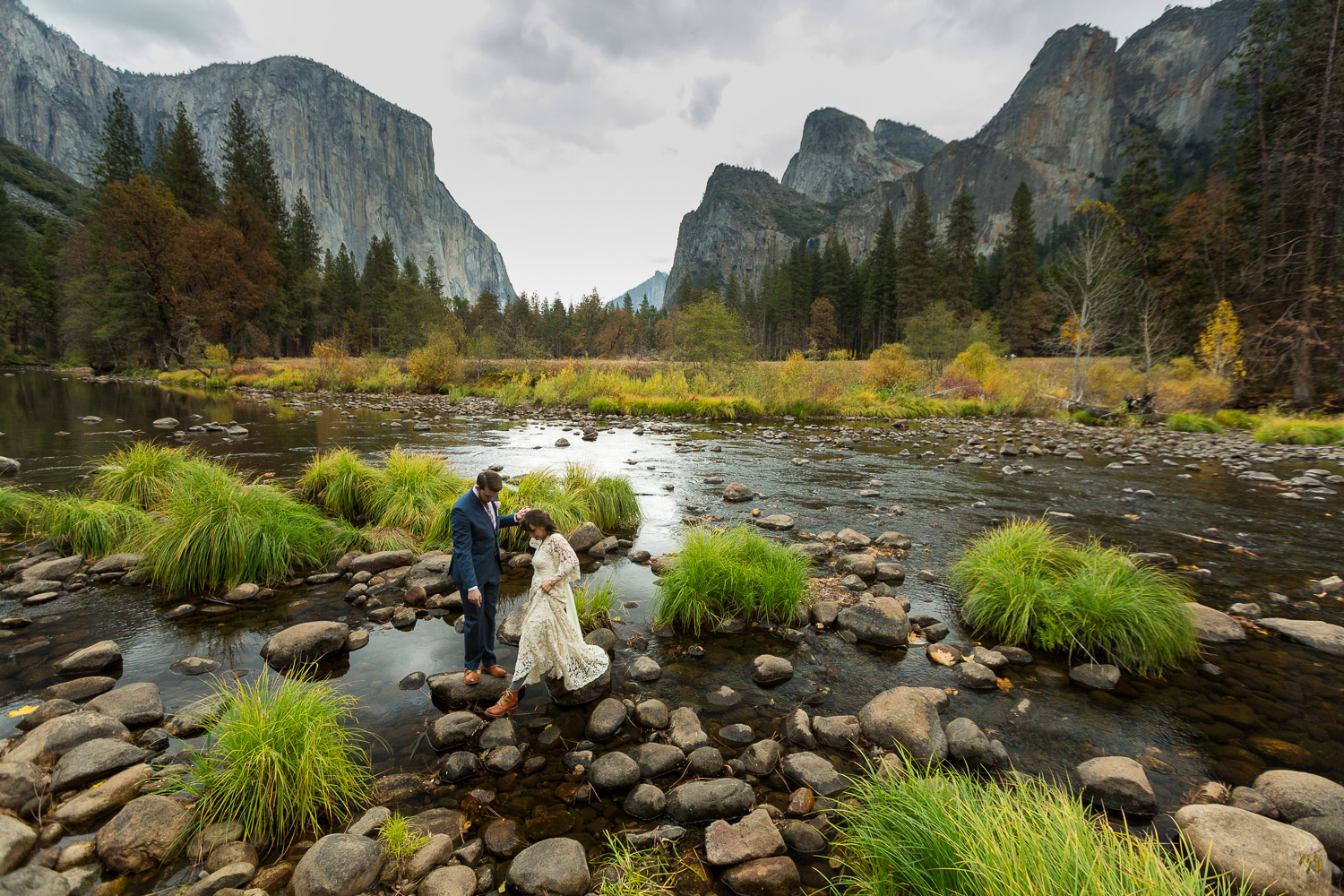
3. Do I need to show everything or can I get a little closer?
Often people think they need to show everything in the scene to communicate context but humans are quite adept at interpreting what is happening with just a small amount of context. People often suggest getting in close but I prefer to think about what can be eliminated in the frame to simplify the story. What background elements are helpful and which ones are distractions?
Cutting things out of the frame reduces clutter, simplifies the scene, and hones in on the important components. The added benefit of getting rid of things in your frame by getting closer is that people will feel the “closeness” in your images and feel a deeper emotional connection to the subject. You might be tempted to use a long lens or a zoom lens but a lot of candid photography is shot on wider angles.
It’s not just about getting closer to the moment, if it was you could just zoom in with a long telephoto lens. It’s also about how close it feels to the viewer and the focal length plays a big part in how an image feels. This is probably one of the most important candid photography tips because it makes candid moments read well when you’re looking at the image.
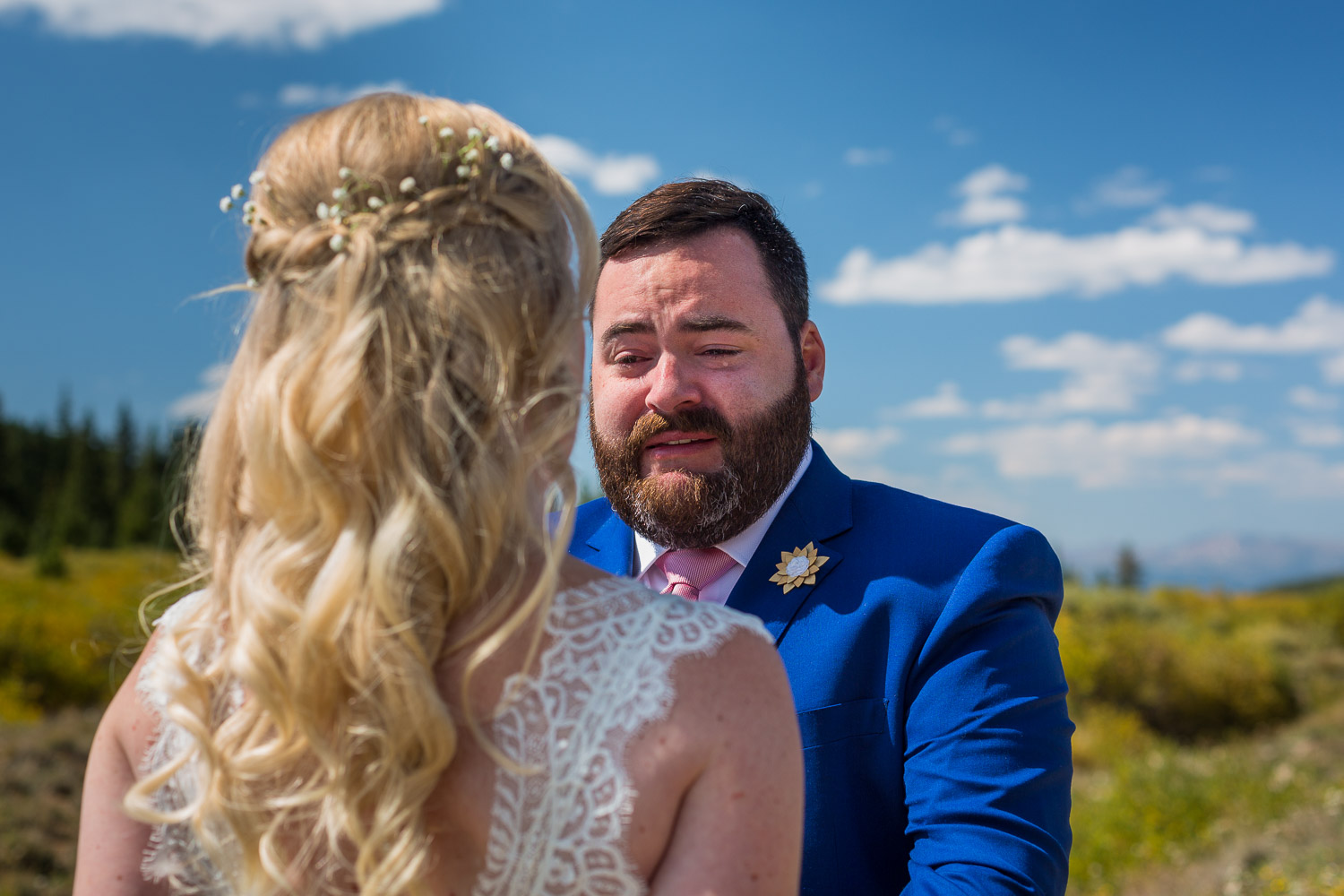
4. Is there somewhere else that I can go that will make context easier to read?
This is a simple tip to get you to think about the best angle to communicate with your viewer. Finding the best composition can be difficult, so thinking about it in terms of making it simpler to “read” will help. Simple often means looking straight on with your subjects and squaring up with the scene.
Getting closer can also be helpful, see above. This goes back to that decisive moment where you need to choose your framing and then commit to it. Unless it’s not working, don’t be afraid to try something else
The more you practice, the more your instinct will take over so try using this in everyday life. Practice getting a good view or angle of the candid moments that are happening around you. You can do this even when you aren’t taking photos.
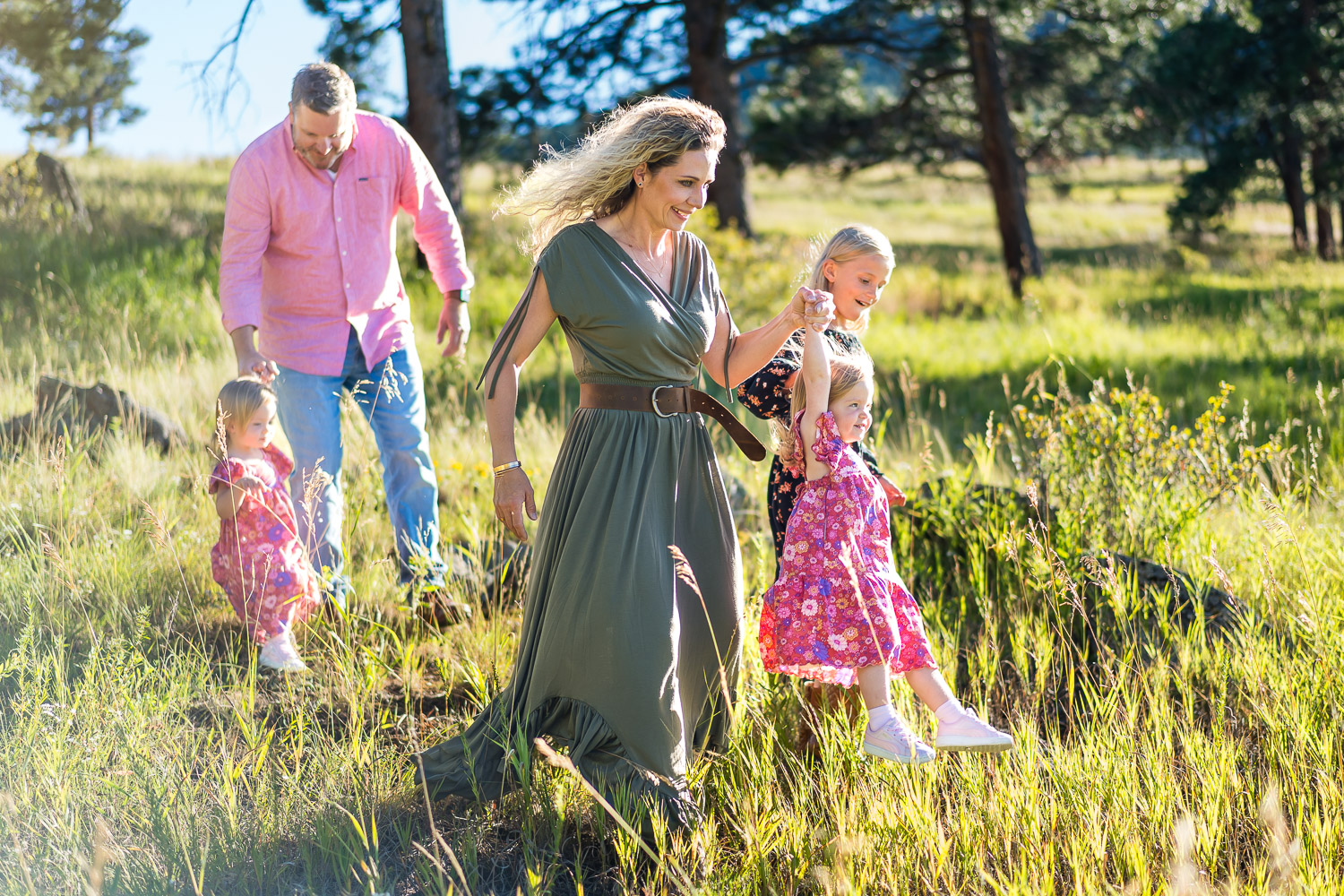
5. Human eyes are lazy, make it simple
This is a variation of the above tip. By making your photographs easy to “read,” you will improve their appeal. People consume a huge amount of imagery these days and getting someone’s attention often means making photographs digestible.
If someone can quickly see what the photograph is about, I think it will hold their interest longer because their eyes can appreciate it instead of trying to figure out what is happening. This does not mean the complex compositions can’t be successful, just that the concept in the photo needs to be easy to understand. We always say, simple is best.
It can be easy to want to try something new complex and creative. But have you noticed that sometimes it’s a nice solid photo that tells the story best? Simple doesn’t mean you can’t use all of your composition techniques and lighting skills, it just means don’t sacrifice the image for the creation of it.
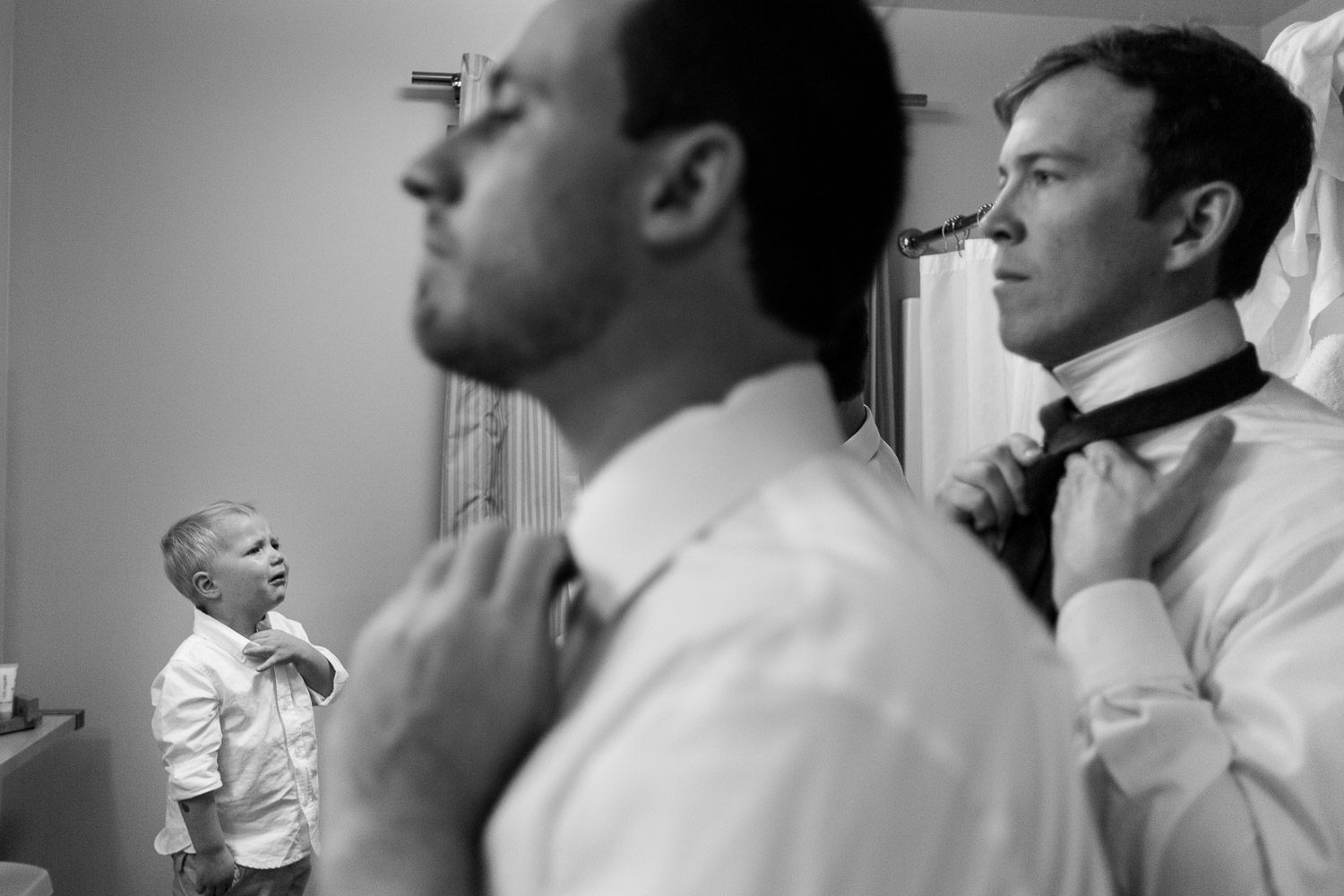
6. Connection between subject & viewer is key (not photographer)
The connection people feel when they see your photographs should be with the subject within the photograph, not the photographer who took it. I think this is a result of connecting with your subjects and making them feel relaxed enough to present themselves to the audience that will view the finished photograph. Sometimes, you can feel the photographer in the photo.
You can tell when the photographer is “in” the photograph when you feel like there is another presence influencing the scene. When it comes to portraits, this often shows up in the form of awkward or unnatural posing. By truly connecting with your subjects, you can allow them to connect with the viewer.
I’m not a street photographer so I don’t shoot from the hip and try to make it seem like I’m not taking photos. In my candid images, my subjects know I’m there but my goal is to make them comfortable enough that they aren’t self-conscious. Then I can capture real emotions.
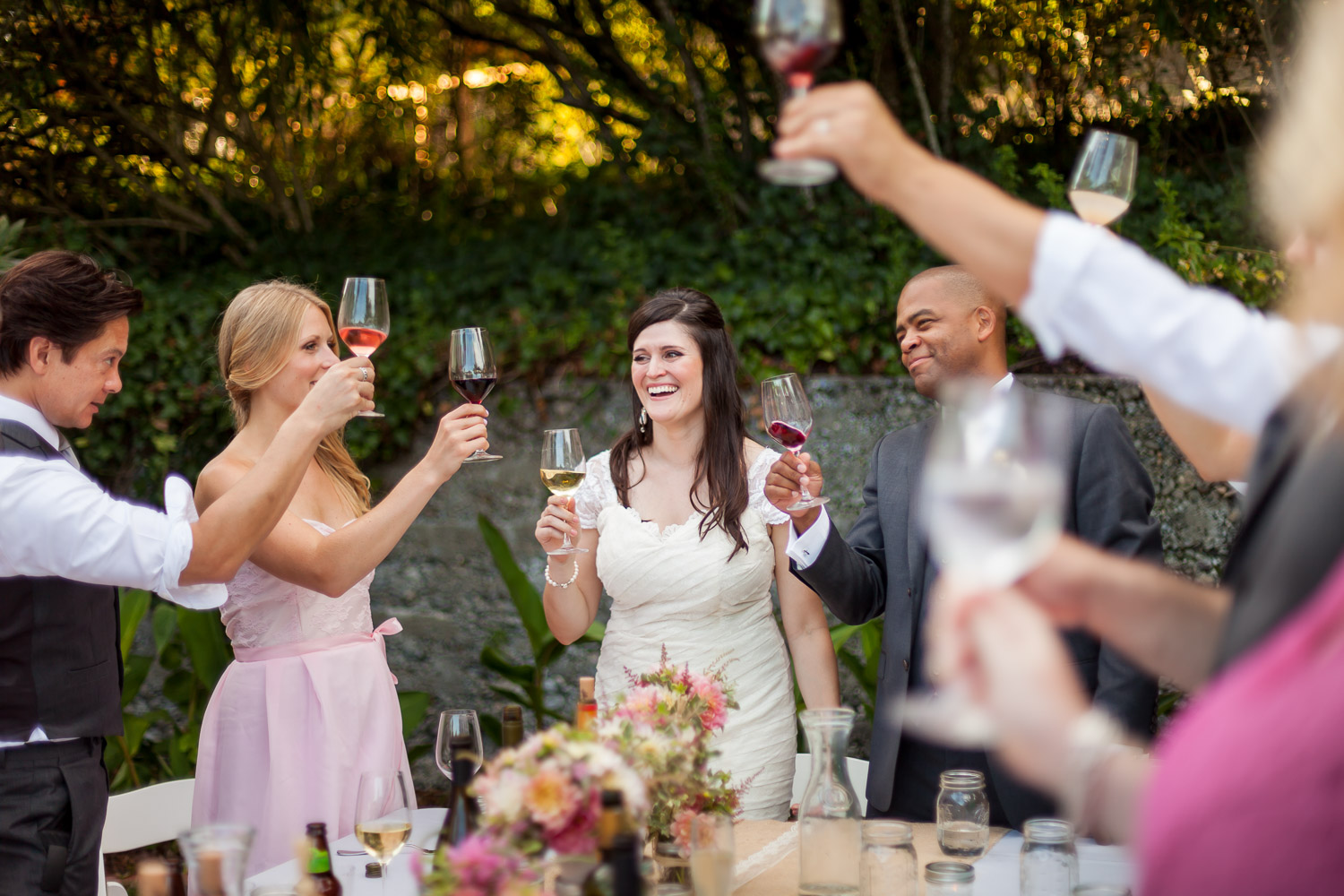
7. What do YOU find most interesting? Let that direct you.
If you’re ever in an unfamiliar scene and aren’t sure where to start, pay attention to what you initially find most interesting. By allowing yourself to tune in and listen to your feelings about a scene, you will often find a subject that visually interests you. If you are interested, you will probably take more interesting photographs!
I often talk about how easy it can be to get stressed about all the images we’re expected to take. In reality, no one will know the shots you missed because they’ll only know the shots you captured. As you’re looking for candid moments, find the ones that speak to you.
Most of my photography tips are customizable, meaning there is no one-size-fits-all quick-fix solution. Instead, you need to find how to capture candid shots in a way that works best for you. Take the advice and then personalize it to your style and interests.
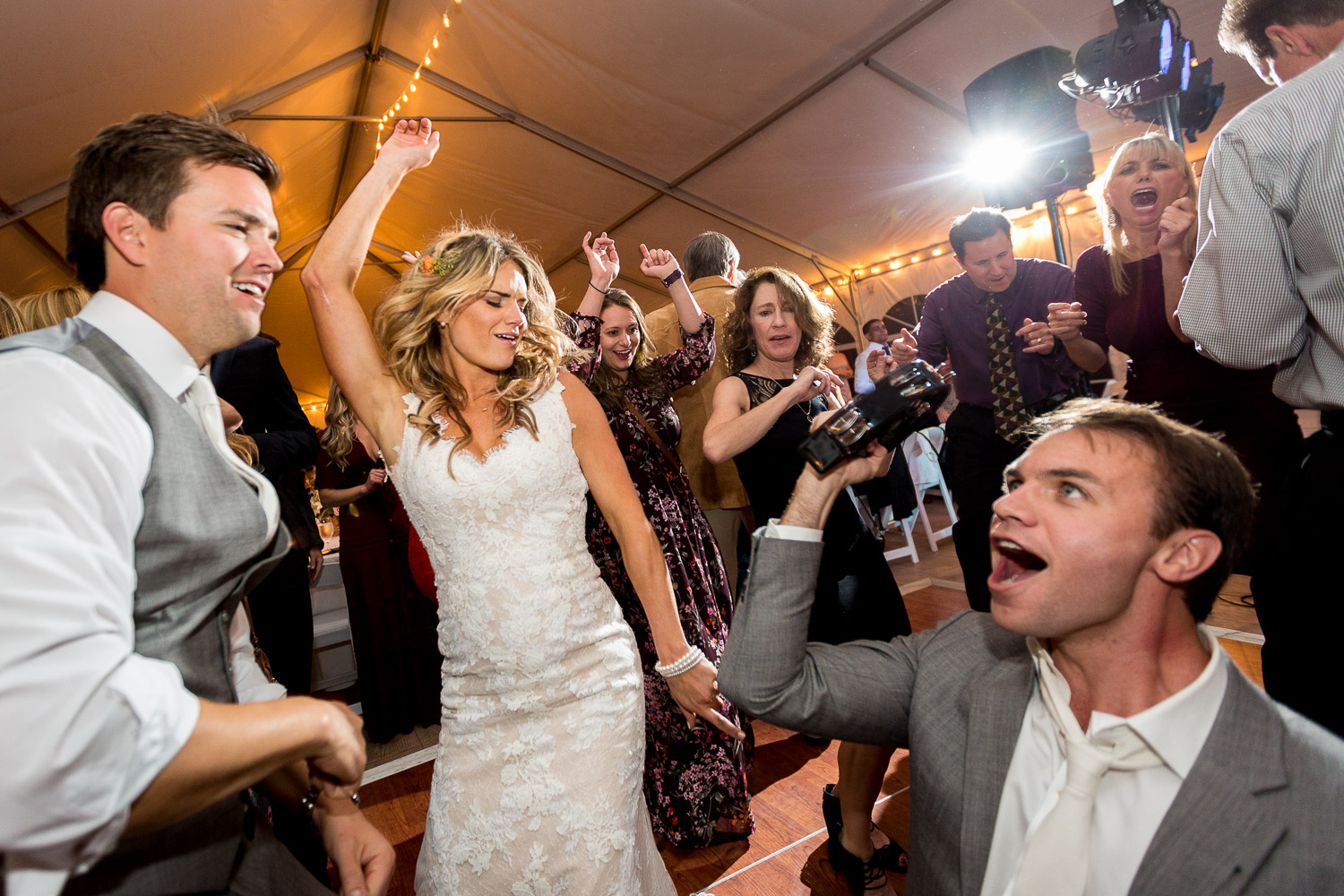
8. Observe and Document, don’t interfere
I think people often talk about being a “fly on the wall” and that they don’t interfere with a scene. I would encourage people to try a different method. Before you can sit back and observe and document a scene, you have to be very present and connected.
If you go straight to the documentary part without building a connection, you will never get the same moments because your subjects won’t be as relaxed. I try as much as possible to observe and document, but first I try to be as connected and present as possible! You want people to know you were there but you were so natural and made them so comfortable that they didn’t notice you.
I talked about this before by addressing the idea that you’re doing to shoot from the hip and no one will notice. While this may work for some photographers and some types of photography, I think taking great candid photos requires you to connect. That being said, don’t interfere and be obnoxious or you’ll be what we call a moment killer.
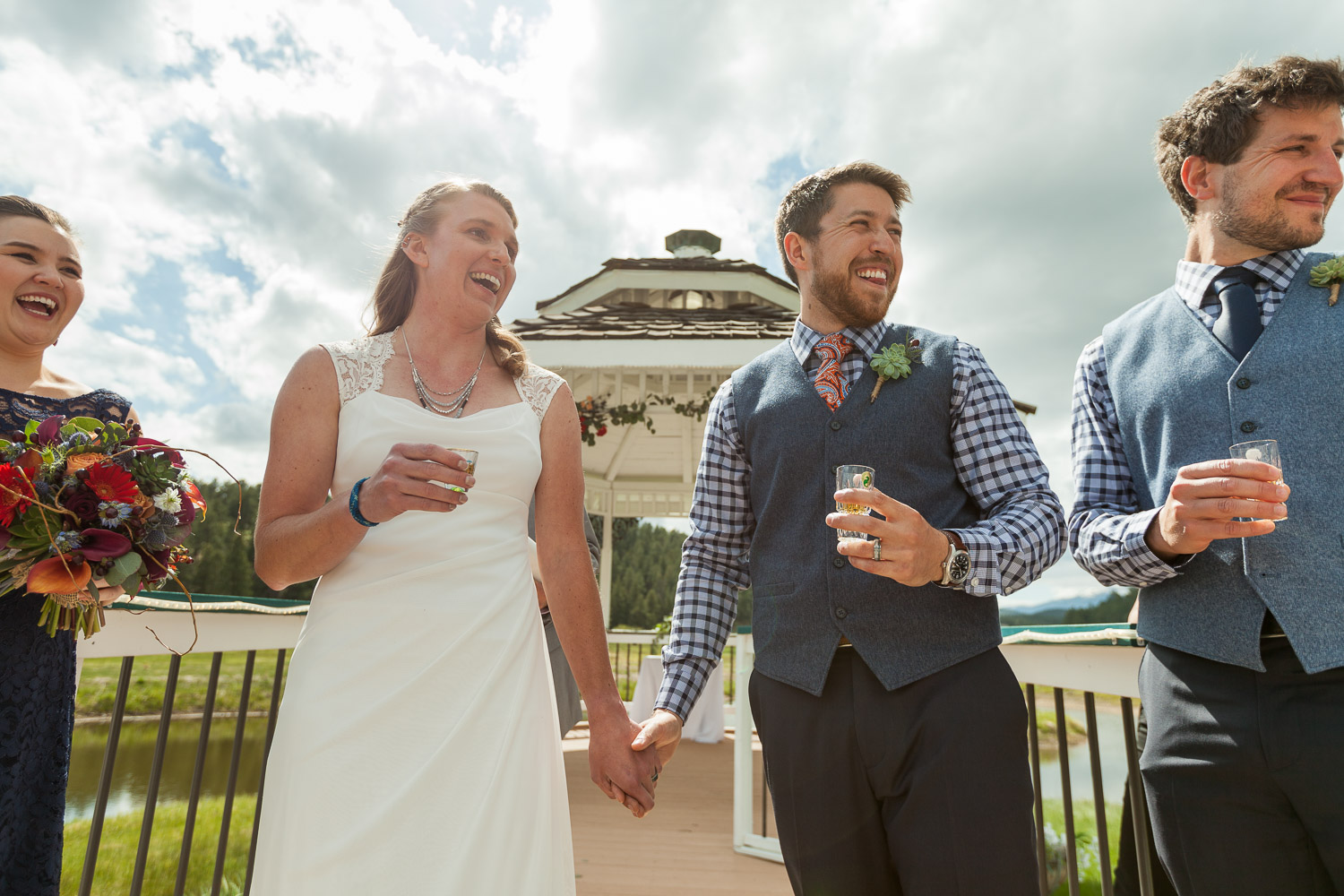
9. Carry a camera be hungry for moments!
This tip is something I continually work on and have seasons that I do more than others. Trying to have a real camera with me all the time allows me to practice my craft as much as possible. It also helps me to feel engaged in watching for moments.
I believe that the key to seeing and anticipating moments is practice. All of these candid photography tips require practice. Having a camera accessible will allow me to follow through on the visual seeing I continually practice.
Being hungry for moments is also a fun way to live because it’s not just about taking candid shots but experiencing the joy and raw emotions of life. Photography has increased my observational skills which has led to more gratitude for life.
10. Shoot what it feels like!
The last tip comes from David Allen Harvey: “Don’t shoot what it looks like. Shoot what it feels like.” Keeping in mind all the above tips, I think this is truly the key to creating emotionally connected and successful photographs. People view photography to get a window into a scene that they want to feel.
It’s not enough just to see what something looks like, you have to feel it. Learn to connect with your own emotions so that you can capture the emotions of others. Empathy and compassion are great skills to hone here.
You can even apply this to your exposure sessions because you might choose a certain shutter speed now only because there’s low light but also because there’s a story you want to tell. It’s also freeing to realize that digital noise might not always be a bad thing, maybe it communicates the intimacy of a dark low light moment in a way that bounce flash might have disrupted things.
Best Camera Gear for Candid Photos
When it comes to the best camera gear for candid photos there are a few things to consider. You want something compact and unobtrusive enough that people don’t feel like they’re having their picture taken. A silent shutter feature of the mirrorless cameras is really nice because there’s no distracting click killing the moment.
Best Cameras for Candids
Best professional level camera: Sony A7 IV
Best affordable camera: Sony A7 C
Best Lenses for Candid
Best wide angle lens to telling intimate stories: Sony 35mm f/1.8
Best telephoto lens if you can’t get close: Sony 70-200mm f/4 G
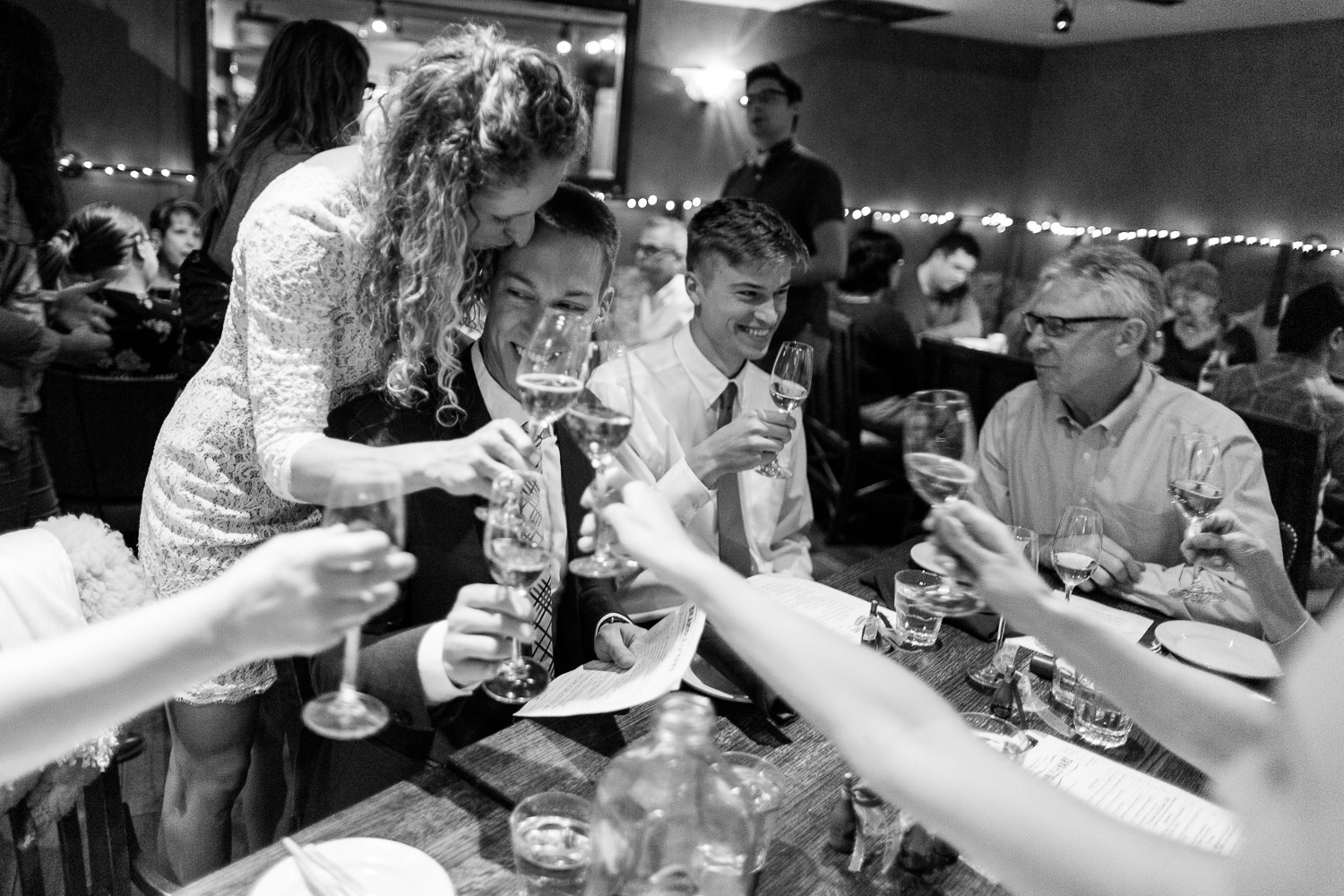
Review of Tips for Candid Shots
Taking candid photos can be rewarding. As you dial in your camera settings aiming for that perfect shot I hope you’ll intentionally consider which foreground elements to include and which ones to exclude. Then, I hope you practice having your camera settings and your camera ready for the candid nature of the shot.
more educational content:
Looking for low-light tips, the best cameras, or a new camera bag? We have plenty of gear and educational content to help you with your photography.
- Low Light Photography Tips
- Wedding Settings Guide for Photographers
- Easy to Understand Camera Settings Guide
- ND Filter Guide
about the author
I am Brenda Bergreen, one half of a husband and wife photography team specializing in Colorado wedding photography and videography and adventure photography. If you need someone to encourage your creativity, I’m here.
Download our free guide on how to build a creative business and a life you love. Don’t hesitate to contact us and let us know how we can help!
In the meantime, remember to…

